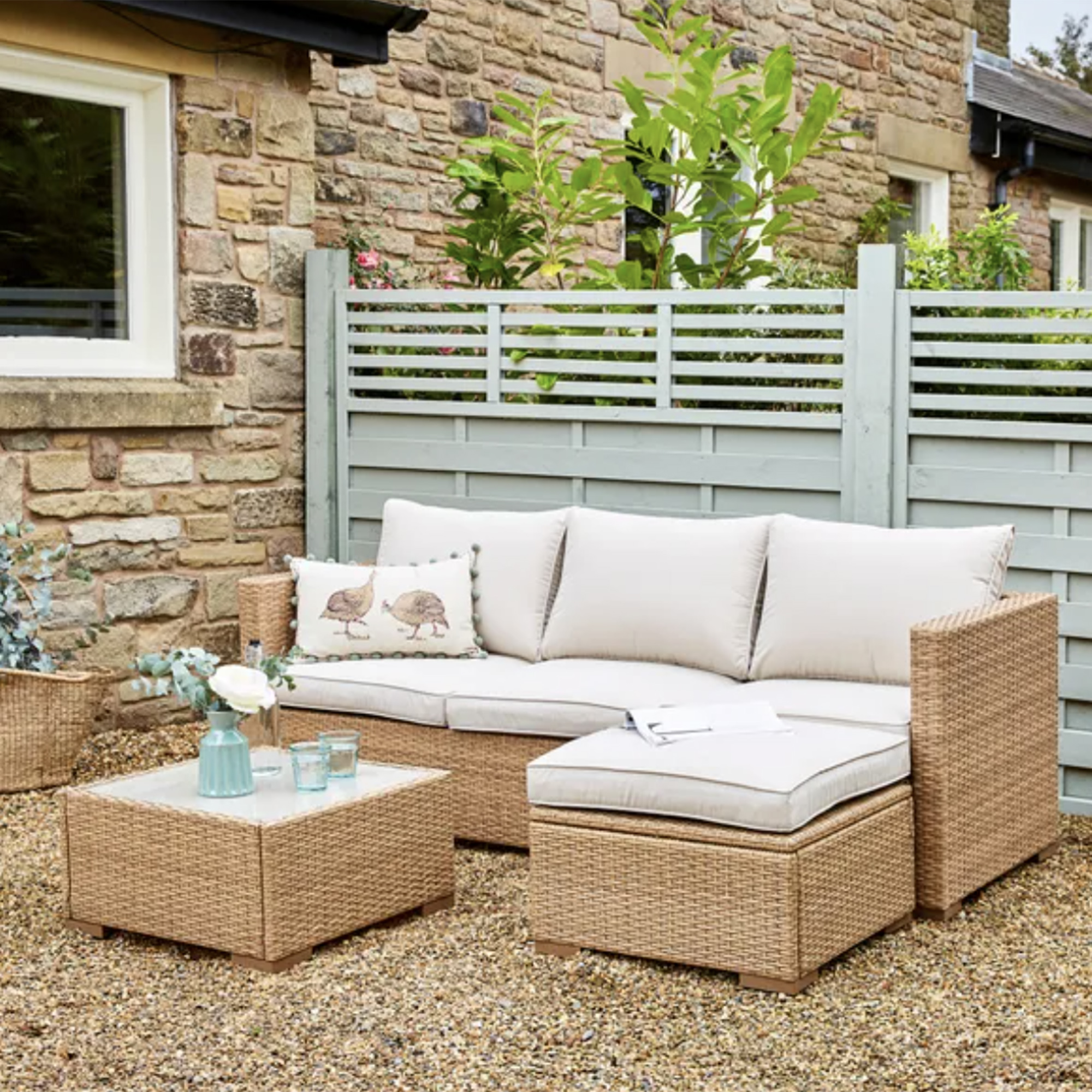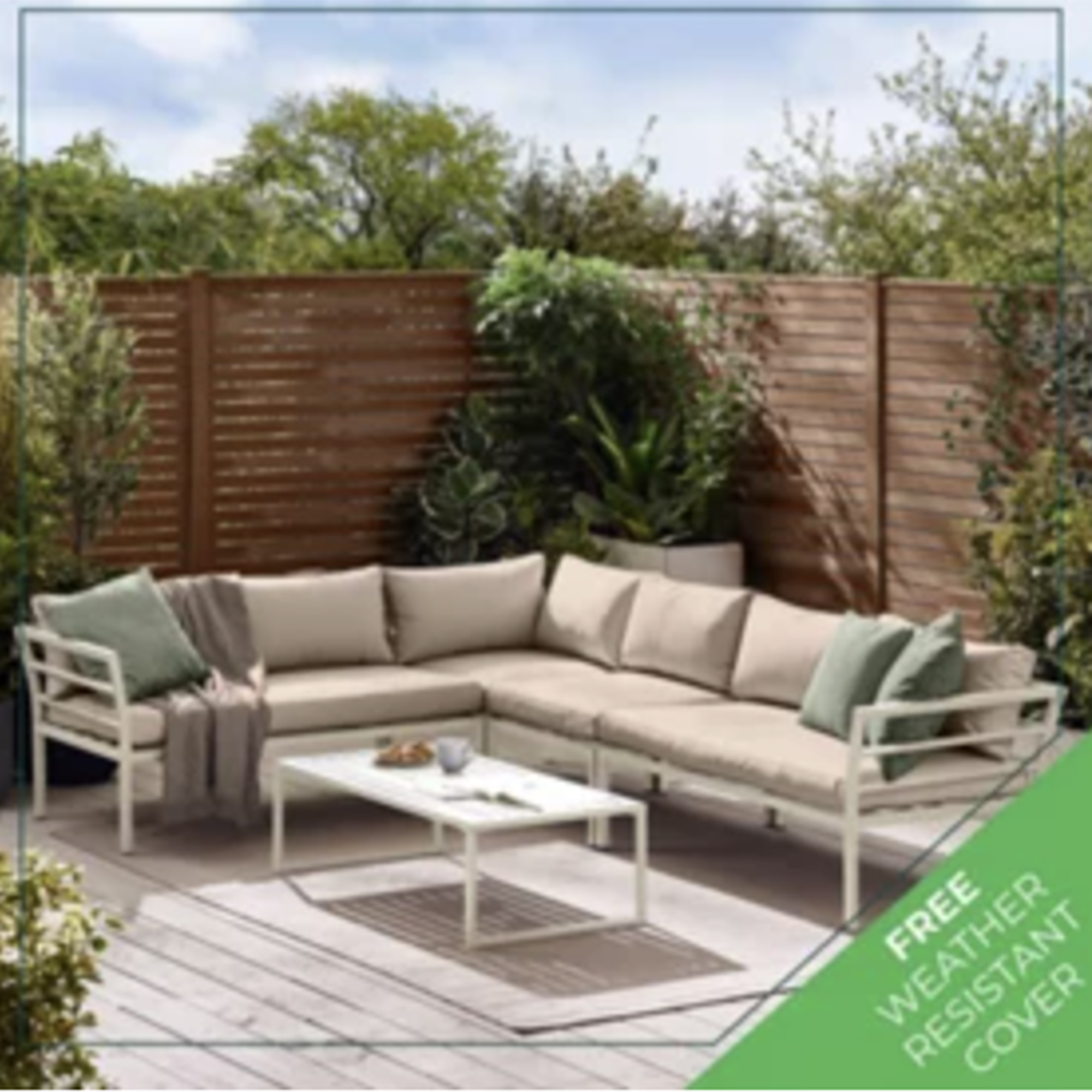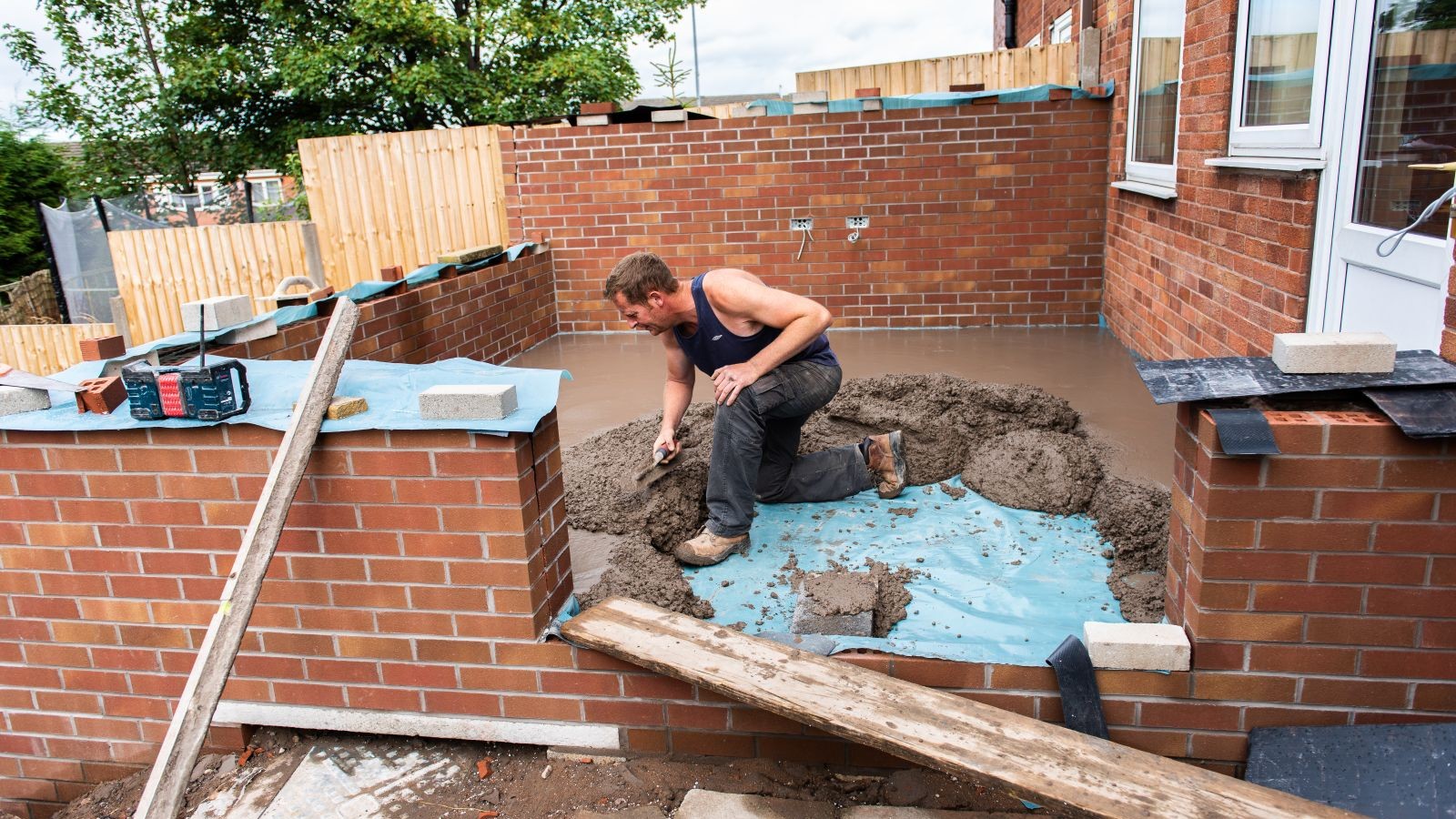12 things you need to know about working with a landscape designer
We reveal how bringing in a landscape designer can improve your home renovation project or extension
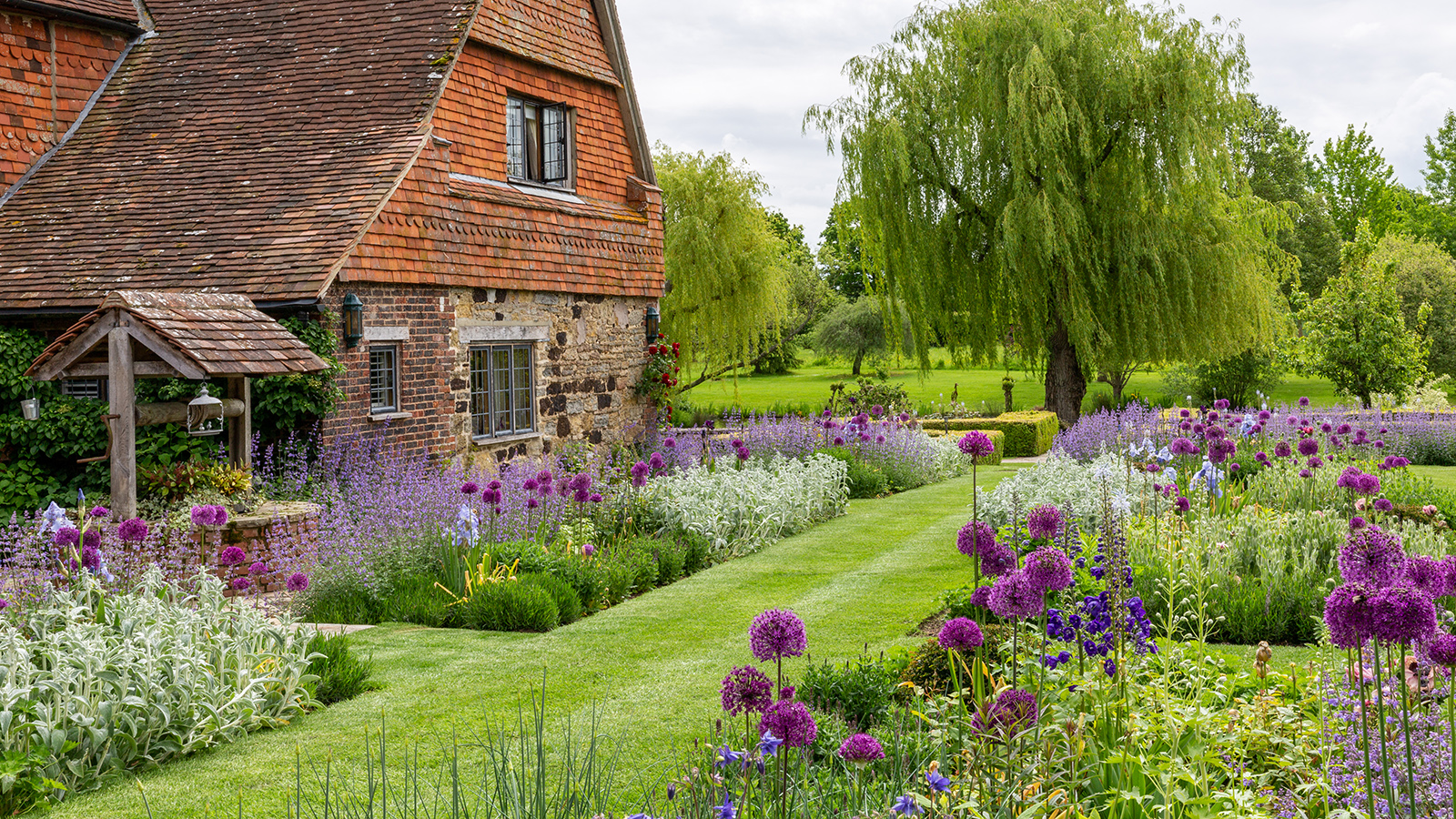
Could hiring a landscape designer improve your home? When planning an expensive home improvement or self-build project it’s easy to focus on the house and forget the surrounding landscape.
Cost plays a big factor in this – you might be working to a tight budget, and decide to chalk landscaping up to a job that you’ll do later down the line. But when the build is finished you’re left with an empty mass staring you in the face through your pristine glazing.
Here’s where a landscape designer or landscape architect comes in. Yes, it’s another investment, but you may decide that factoring the garden design into your costs now could pay dividends down the road.
12 steps to working with a garden landscape designer
“Without a doubt, an experienced and knowledgeable landscaper designer will add value in many ways – and that can be from clever use of the initial budget for implementation through to creating durability and resilience in terms of material and plant choices,” says landscape designer and architect, Joe Perkins.
“Ultimately well-designed and executed garden landscaping will be one you don't want or wish to change substantially for your lifetime, and hopefully beyond.”

BA (Hons), MA Landscape Architecture, PGDip Garden Design. Joe has 25 years of design experience, 10 years as the manager of a respected landscape construction company and 15 years of involvement in planning and delivering gardens at the Chelsea Flower Show and other RHS shows. Most recently he achieved 2 gold medals for his designs at the Chelsea Flower Show and the award for Horticultural Excellence at the Shenzhen Flower Show in 2023.
1. Decide between a landscape architect or a designer
“Architects, interior architects, landscape architects and garden designers are all specialists in different areas of spatial design. How we perceive and use space differs between inside and outside and also scale. Residential garden design is a specialism within landscape architecture," explains landscape designer Helen Elks Smith.
"Many fully qualified garden designers have spent considerably longer specialising in how space looks and feels on a garden scale, whilst many landscape architects have greater experience of larger scale and particularly commercial or public realm schemes. But that does depend on the individual interests and experience of designers and practices,” says Helen.
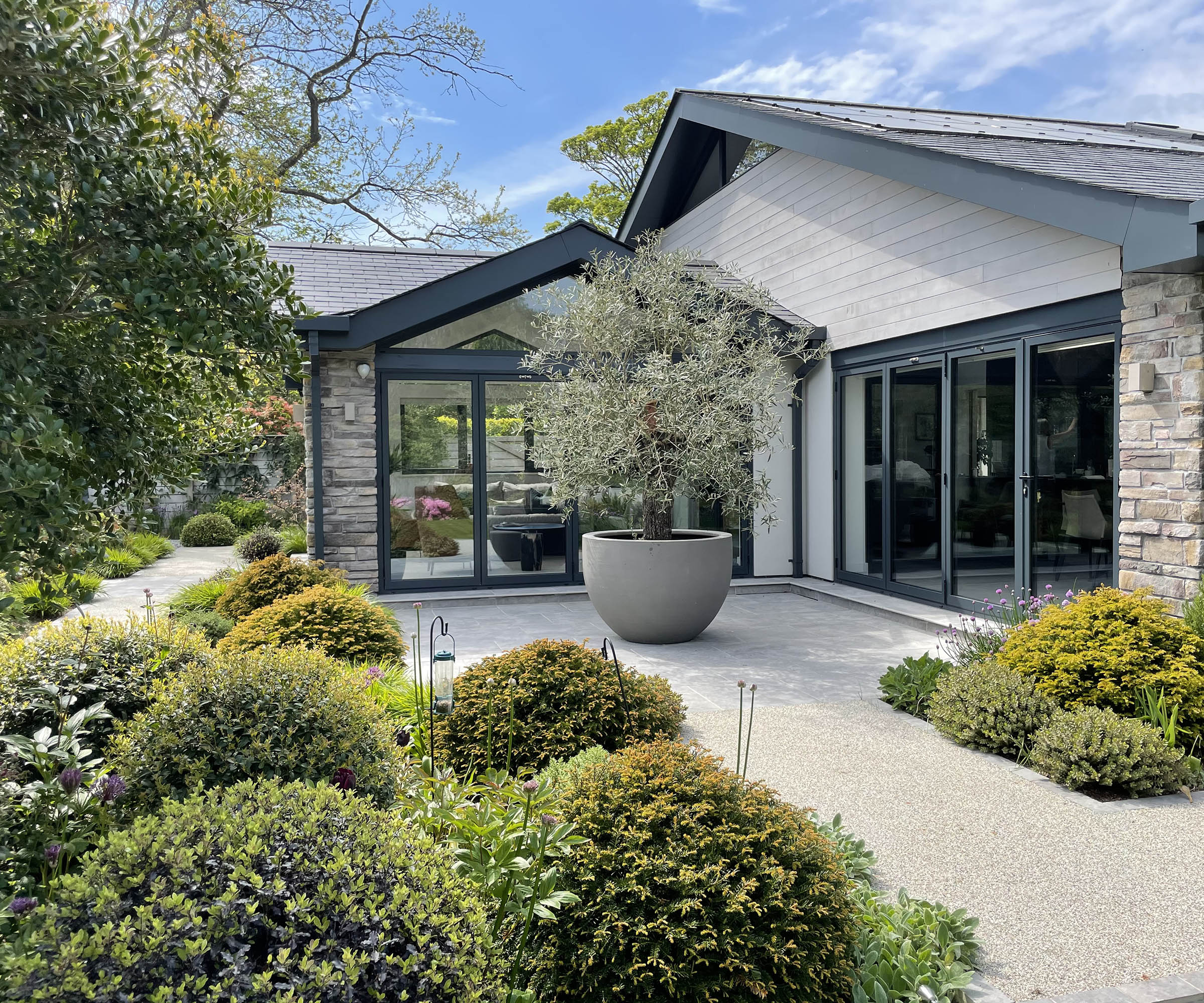

In 2019 Helen was made a Fellow of the Society of Garden Designers for her outstanding contribution to the industry and has won numerous awards including two RHS gold medals, three design awards from the Society of Garden Designers (SGD) and two Design Excellence Awards from the British Association of Landscape Industries (BALI).
2. Find a designer that you like and trust
Acting on a recommendation for landscaping tips can be useful but ultimately you must choose a designer whose taste and style is aligned with your own. The Society of Garden Designers (SGD) have a database of vetted designers and you can explore by region on their website.
Their advice is to find a designer you feel comfortable with and one you feel best understands your requirements and design style. For example are you looking for modern garden ideas or something more traditional? As with choosing an architect, a good relationship with your garden designer is key to an enjoyable and productive experience.
Don’t be afraid to approach three or four different designers. The SGD recommends drawing up a shortlist of prospective designers, looking at their website portfolio and social media platforms.
“If you want a big name, then an online search for Chelsea Flower Show winners will give you a list of potential designers to contact,” says Joe Perkins.
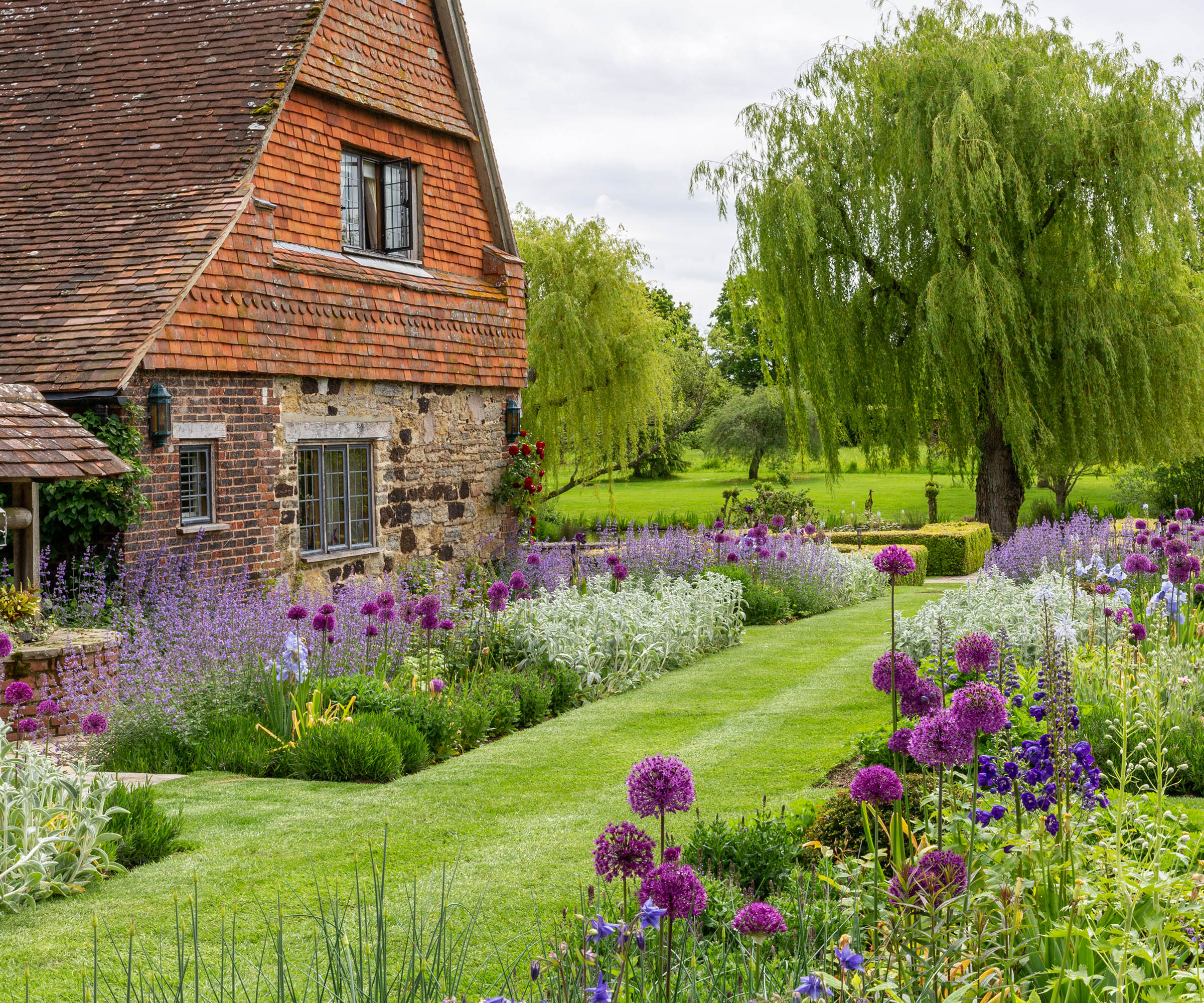
3. Ask plenty of questions
Approaching your potential designers with pertinent questions will help you when deciding whether they are the right person for your project. “Ask to see examples of their design process and drawings,” says Andrew Duff, garden designer and chair of the SGD.
“If your garden designer is self-taught then ask to visit a local garden they have designed and talk to a past client.”

Andrew is a British Garden Designer and educationalist based in London and Wales. With over thirty years’ experience, Andrew designs large and small gardens both in the UK and internationally.
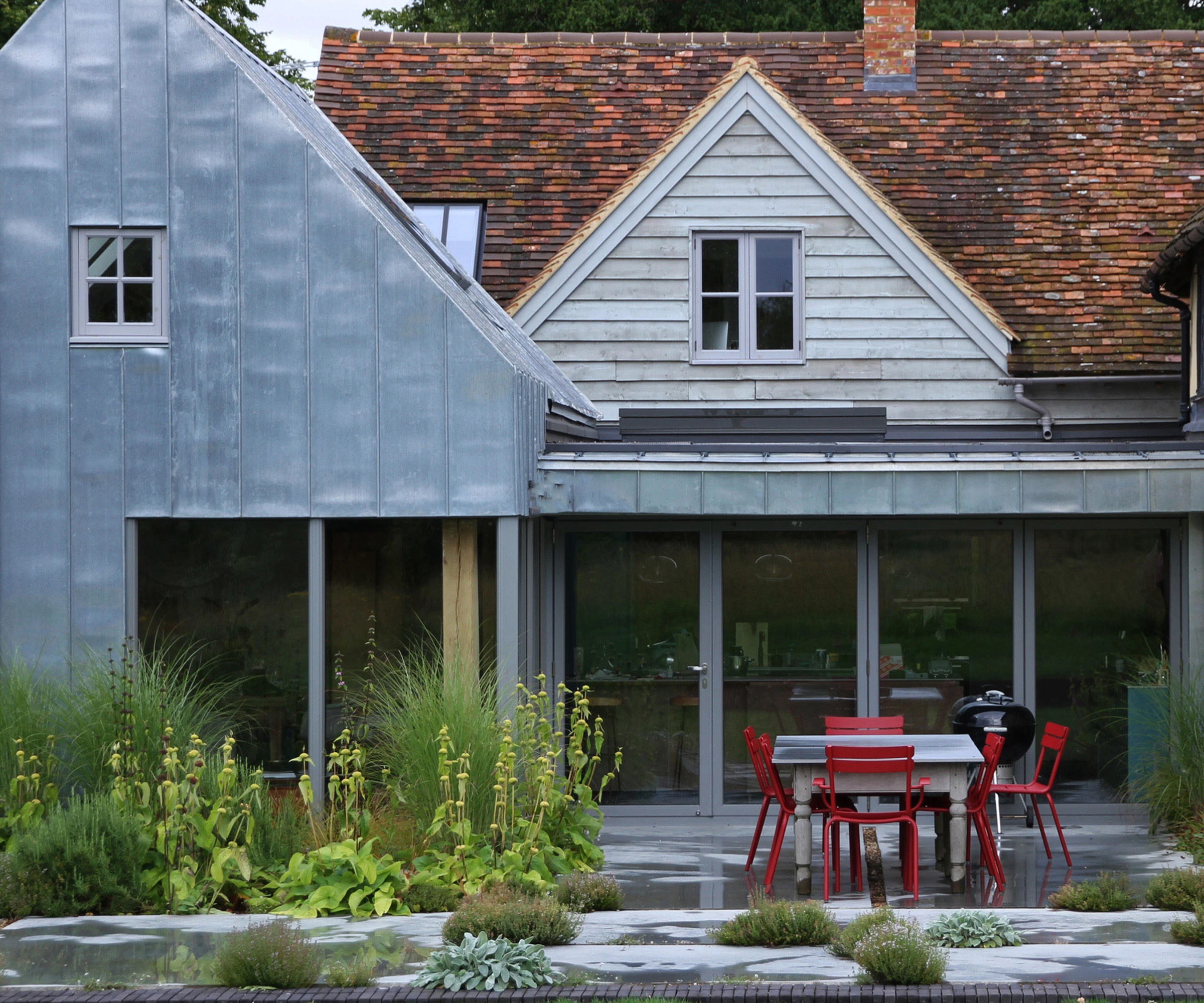
Shop garden furniture
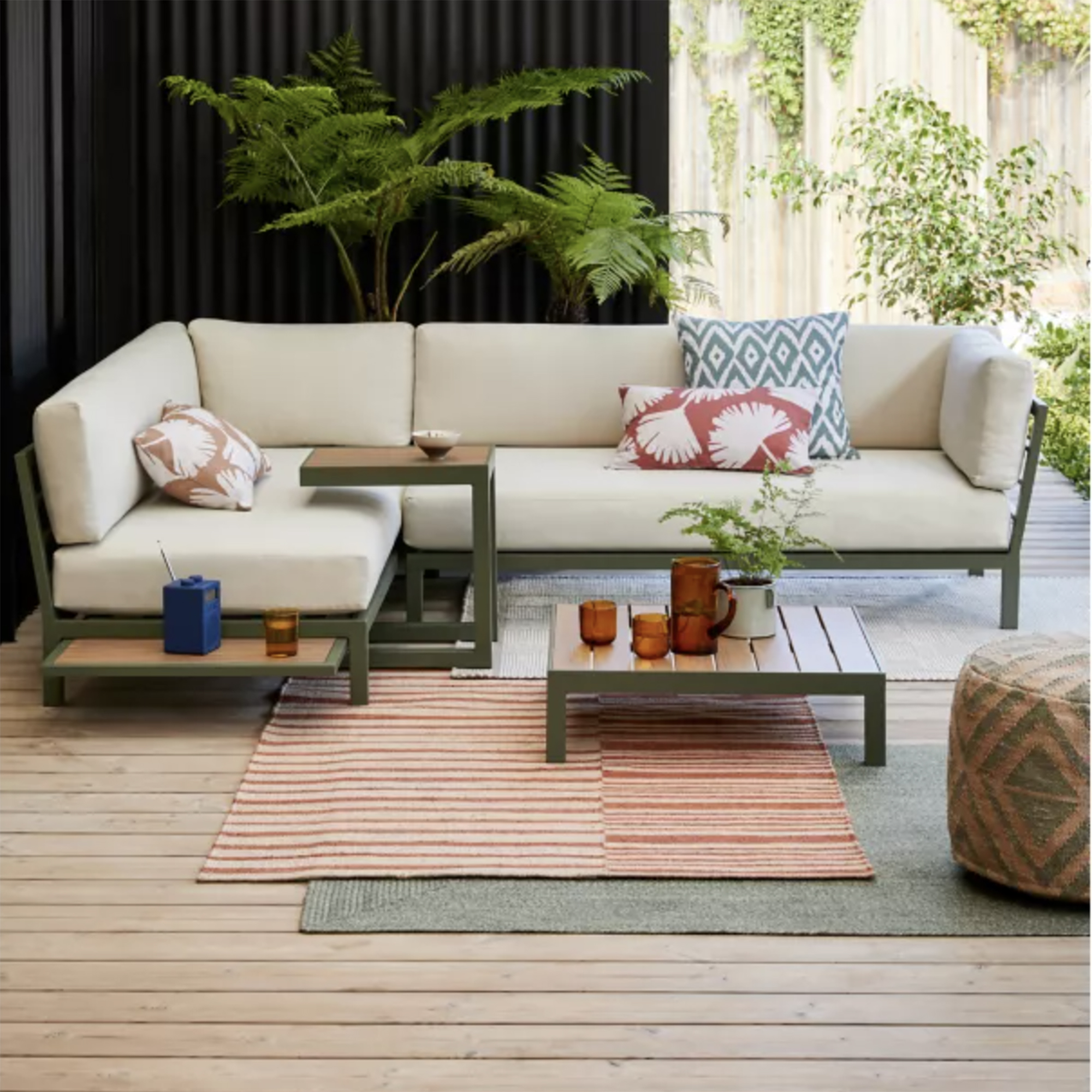
This rust-proof set comes with a side table and low coffee table.
4. Be on the lookout for red flags
According to Joe Perkins a garden designer should be very invested in delivering and meeting expectations. “Make sure that your designer takes time to really listen to you, and see what initial suggestions they might come up with,” says Joe.
There should be no evasiveness around garden landscaping costs and budget. Joe says there should be an open and honest conversation about the budget as early as possible.
“I am proud of my knowledge and background in construction which allows me to talk real figures with clients, so if possible make sure that your designer has the relevant all-round experience to deliver – not just in regards to planting, but also hard landscape and the construction process itself,” he says.
“A designer will engage you in the design process and understand the horticultural requirements of your site and the importance of sustainability,” adds Andrew Duff.
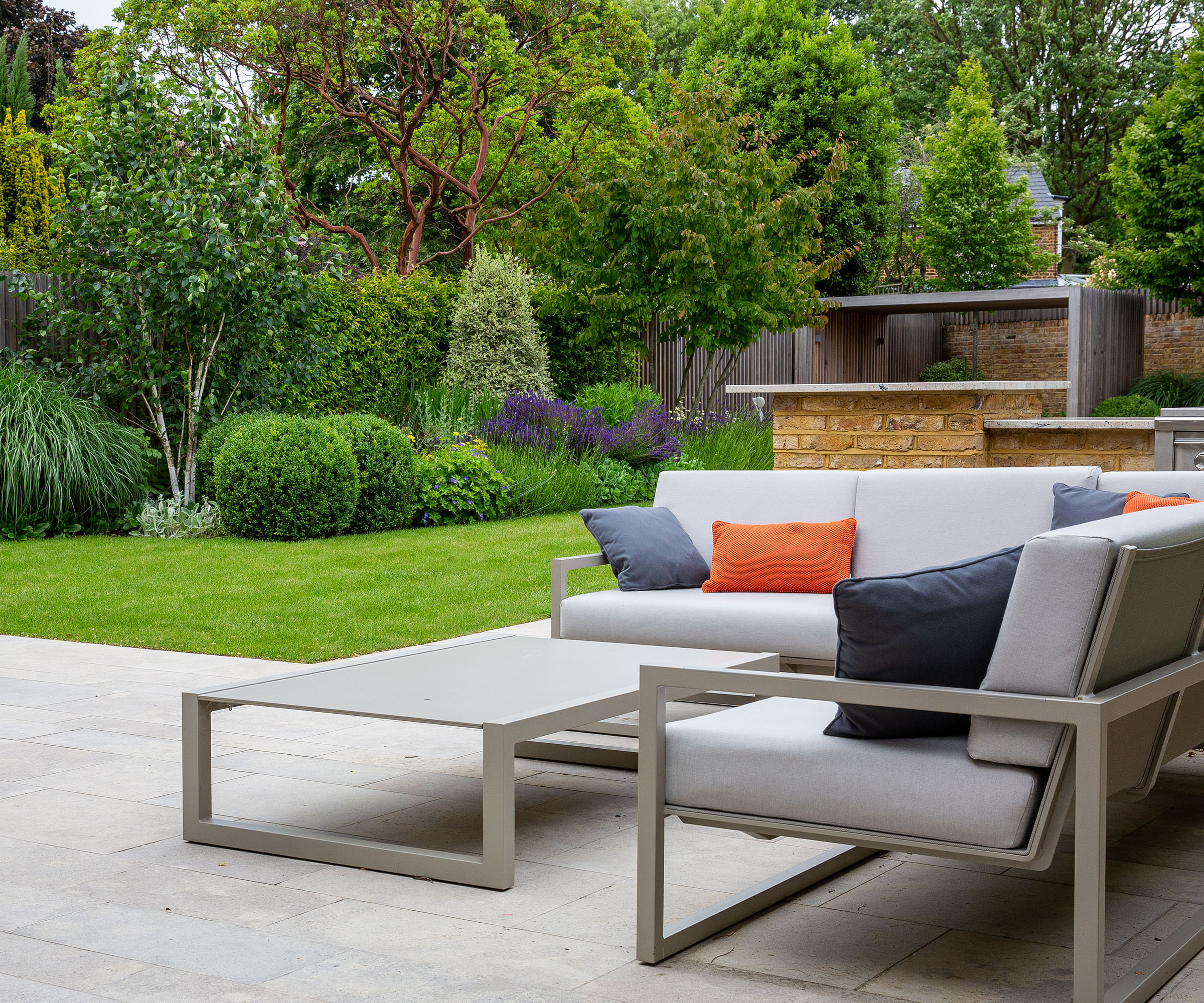
5. Bring them into your project as early as possible
Helen Elks Smith believes that landscape designers should be brought into your project at the initial stages. If you are planning for a new build garden she highlights that what happens inside impacts what happens outside and vice versa.
“The walls of a building are the transition – views and movement between inside and out require input from both specialists (house and garden).” She believes the best design solutions will come from looking at your project from different aspects from inside and out.
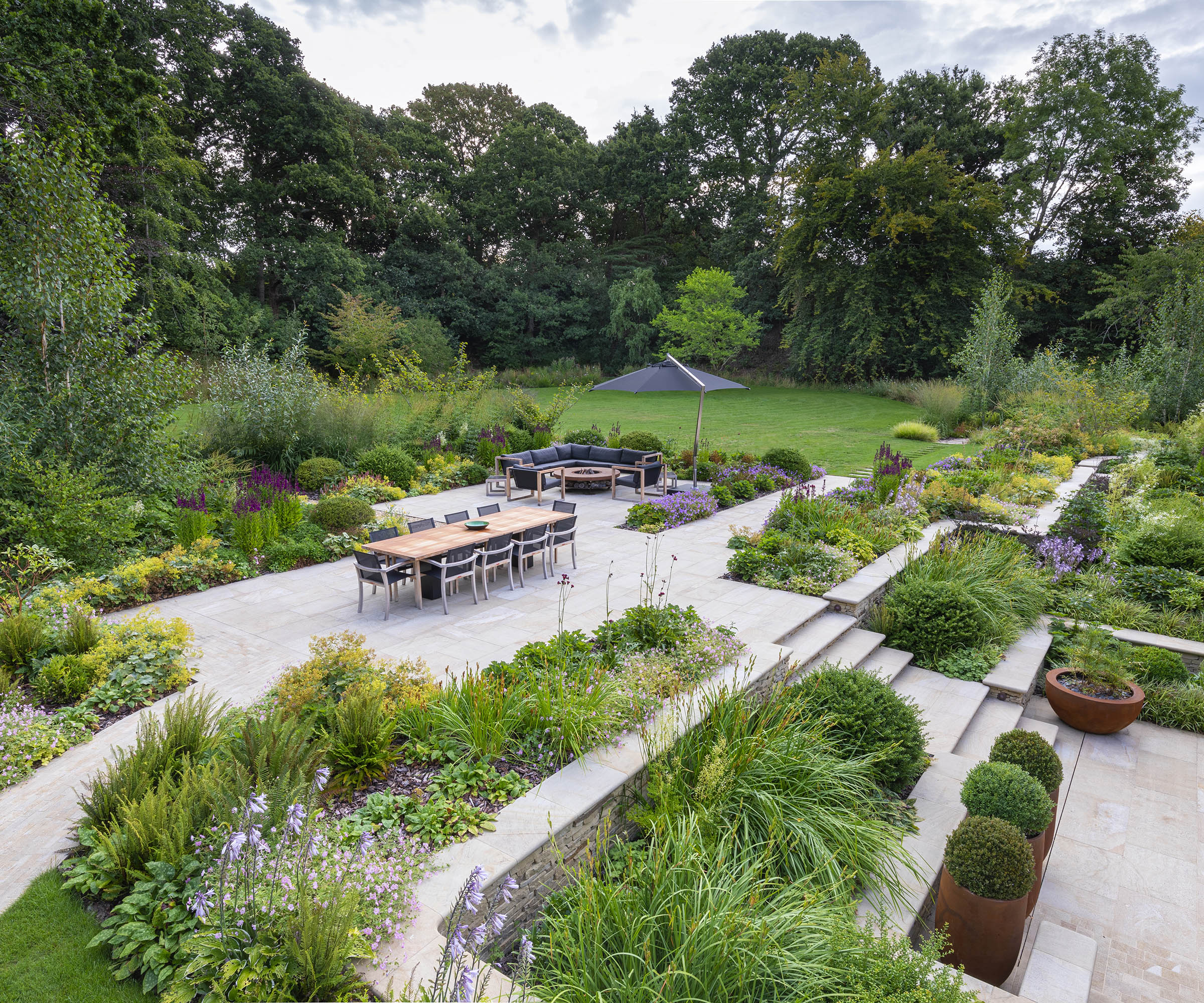
6. Put them in touch with your architect
“If only an architect is appointed the solution will be building focused, as you would expect, any professional will give you a solution based on their knowledge and area of expertise. When appointed after the building is ‘fixed’ we [landscape designers] often have to compensate for building-focused solutions that are far from ideal from a landscape perspective,” says Helen.
“Earlier discussions would have flushed these out and given time for better solutions for both the house and garden. Early involvement also allows more open and realistic discussions about budgets for landscape and garden construction. This tends to feed back into budgets for the property build costs and allow the client to make more informed decisions to achieve their overall goal of house and garden working together,” says Helen.
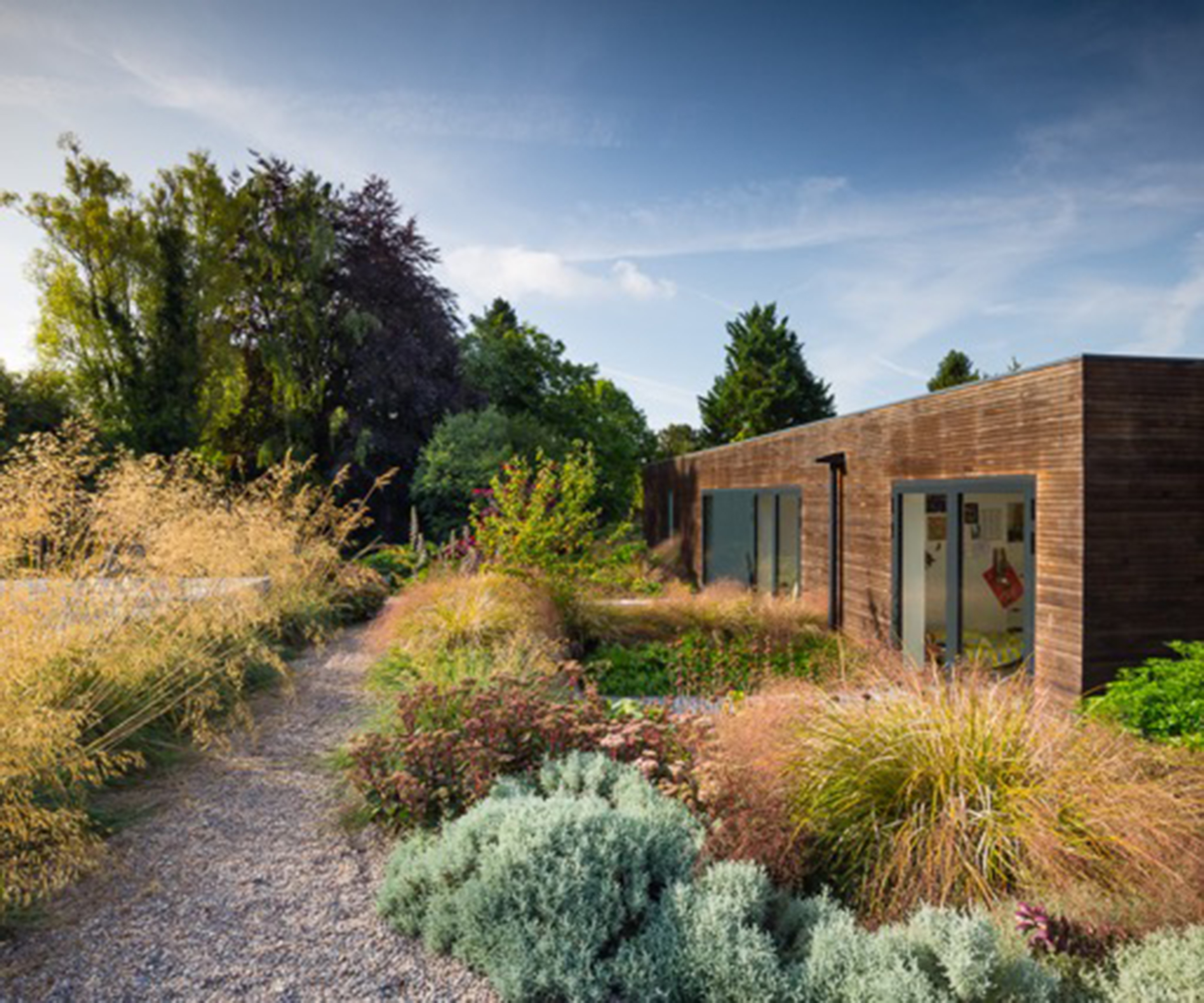
7. Agree a budget as closely as possible
“Budgets should be agreed by the end of the design concept development,” says Joe Perkins. It’s extremely important to be honest about your budget at the start, however, as your designer will come up with a plan based on cost.
The SGD urges that under-estimating could restrict the initial creative concept, and over-estimating could leave you disappointed if the design has to be scaled down or reworked in line with your budget. Remember that good design need not always be expensive.
“A good designer will demonstrate the importance of a strong design and how the choice of plants and materials can ultimately affect budget without affecting the overall design,” says Andrew Duff.
The build cost is based on a detailed set of design plans, and construction drawings and from these you’ll be quoted at a fixed price. You could ask your garden designer to approach a couple of different contractors to enable cross-referencing of costings.
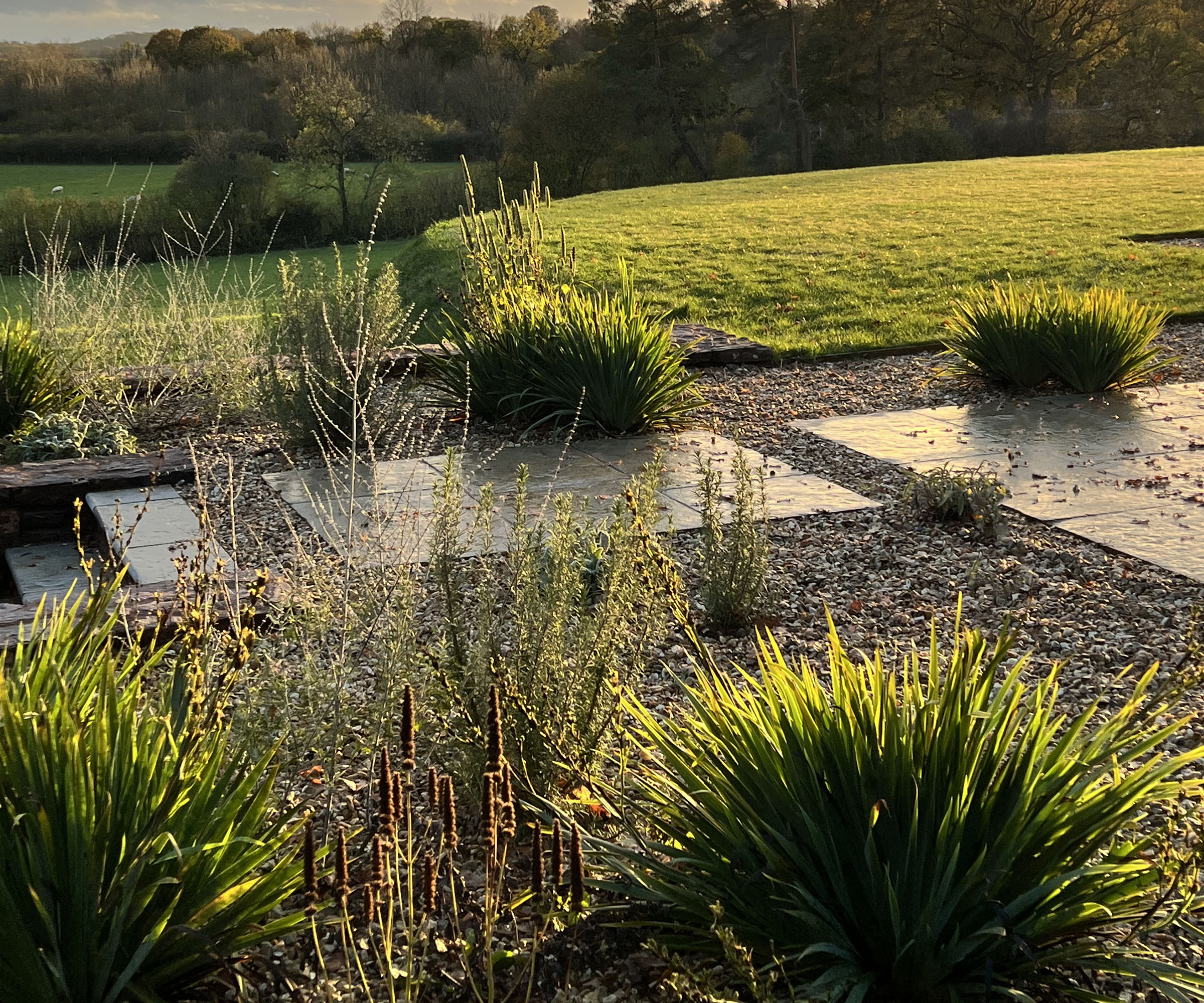
8. Sort out a payment plan
You may be asked for a deposit upfront and some designers will invoice after the completion of each stage. “Staged payments are quite normal. Most designers will charge after each phase of the design i.e. master planning or planting plans. If in any doubt, ask for their payment terms in advance if these have not already been shared,” says Andrew Duff.
Whatever their payment terms you should be prepared to be asked for a percentage of the payment, as a deposit, before the design is completed.
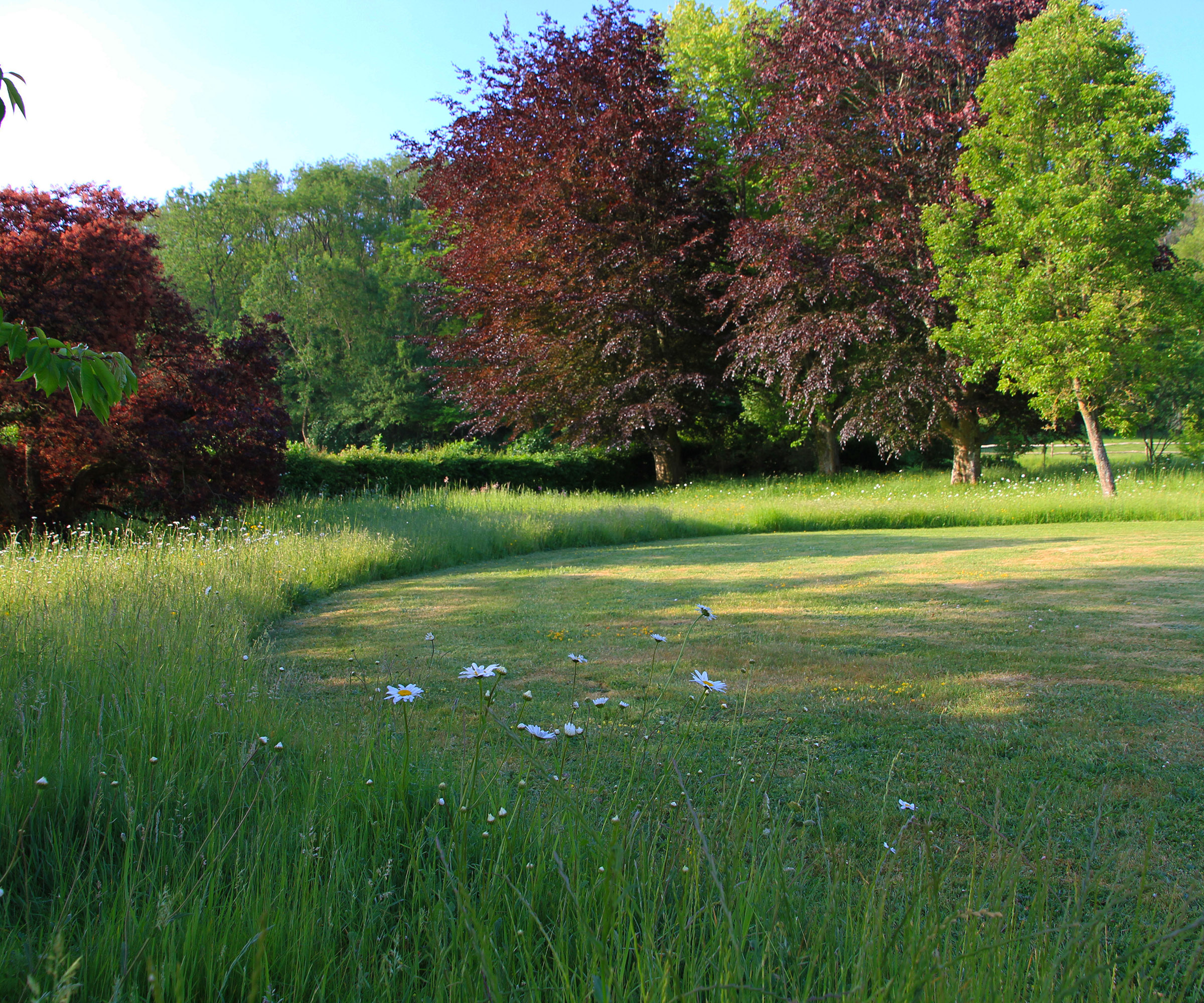
9. Be realistic about timings
“It can take anywhere from a few months to a few years to deliver a fully developed design – factors such as the size, whether planning permissions are needed, the phasing of any building or renovation of the property all affect the pace of the process,” says Joe.
Helen Elks Smith also highlights lead time for contractors, the extent of build, local authority planning, how engaged the client is and how quickly clients make decisions as other factors that can impact timings.
“Other professionals involved in the project can also cause timelines to be disrupted – be that architects, water feature specialists, drainage system engineers, structural engineers etc,” she says.
However long it takes Andrew Duff reminds us that designing a garden takes a fraction of the time that you will spend enjoying your space. “Take your time, work with your designer. The initial investment in time will reward you for many years to come,” he says.
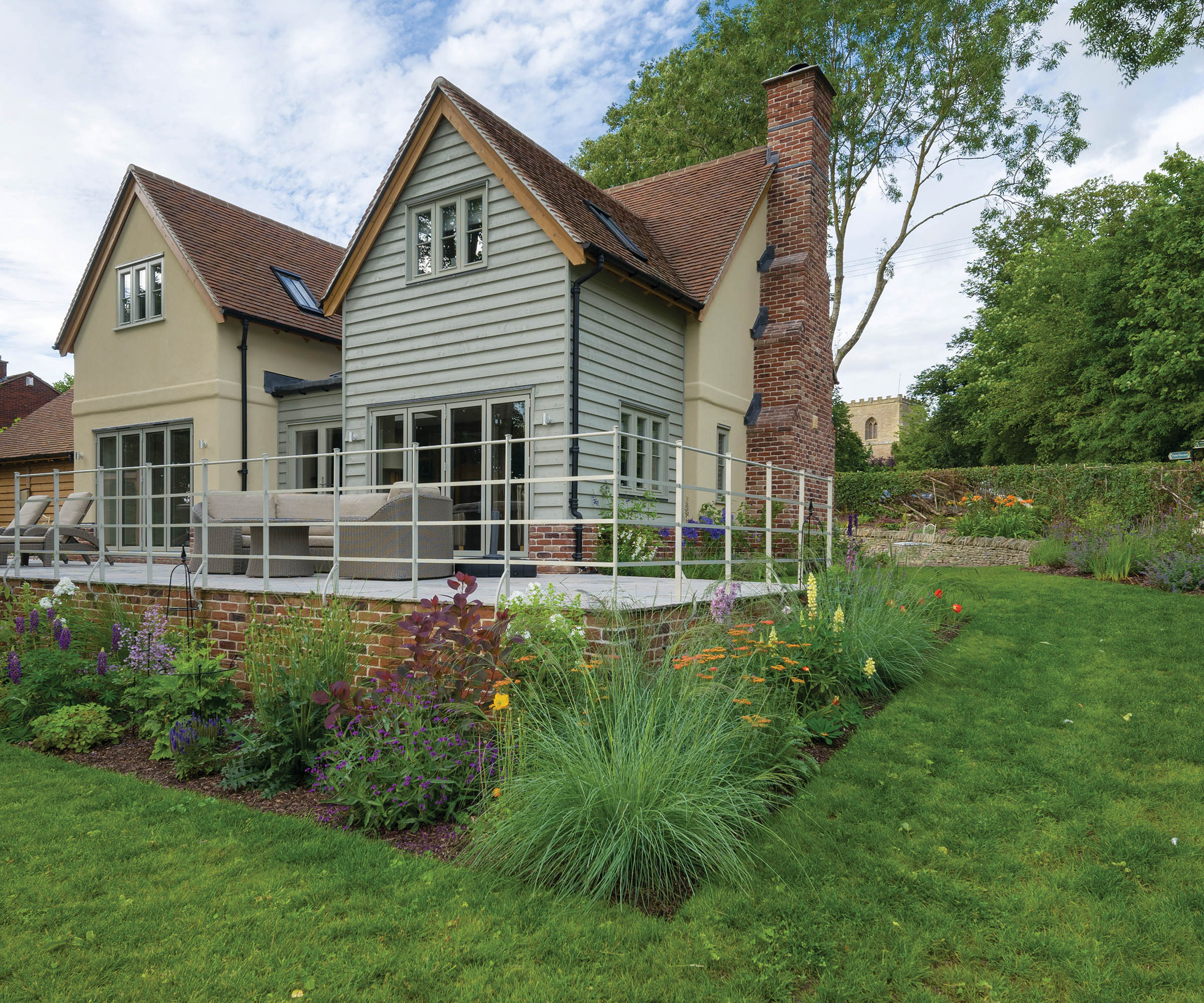
10. Decide when to start your landscaping
If you’re in the process of having work done to your home it’s not necessarily the case that you have to wait until the work is finished before starting on the landscaping.
“This has to be considered on a project-by-project basis. The best approach is to agree on a working area for the home construction and then consider if there is space for any garden construction in parallel which can reduce the overall length of the disruption on site,” suggests Helen Elks Smith.
“Sometimes a gap between projects can be advisable – clients often need time to pause and take a breath after a house build. Others find they just want it all over with as quickly as possible, fed up with the mess and disruption. If house budgets have overrun, a pause is often needed to consider garden budgets and possibly reconsider priorities,” she says.
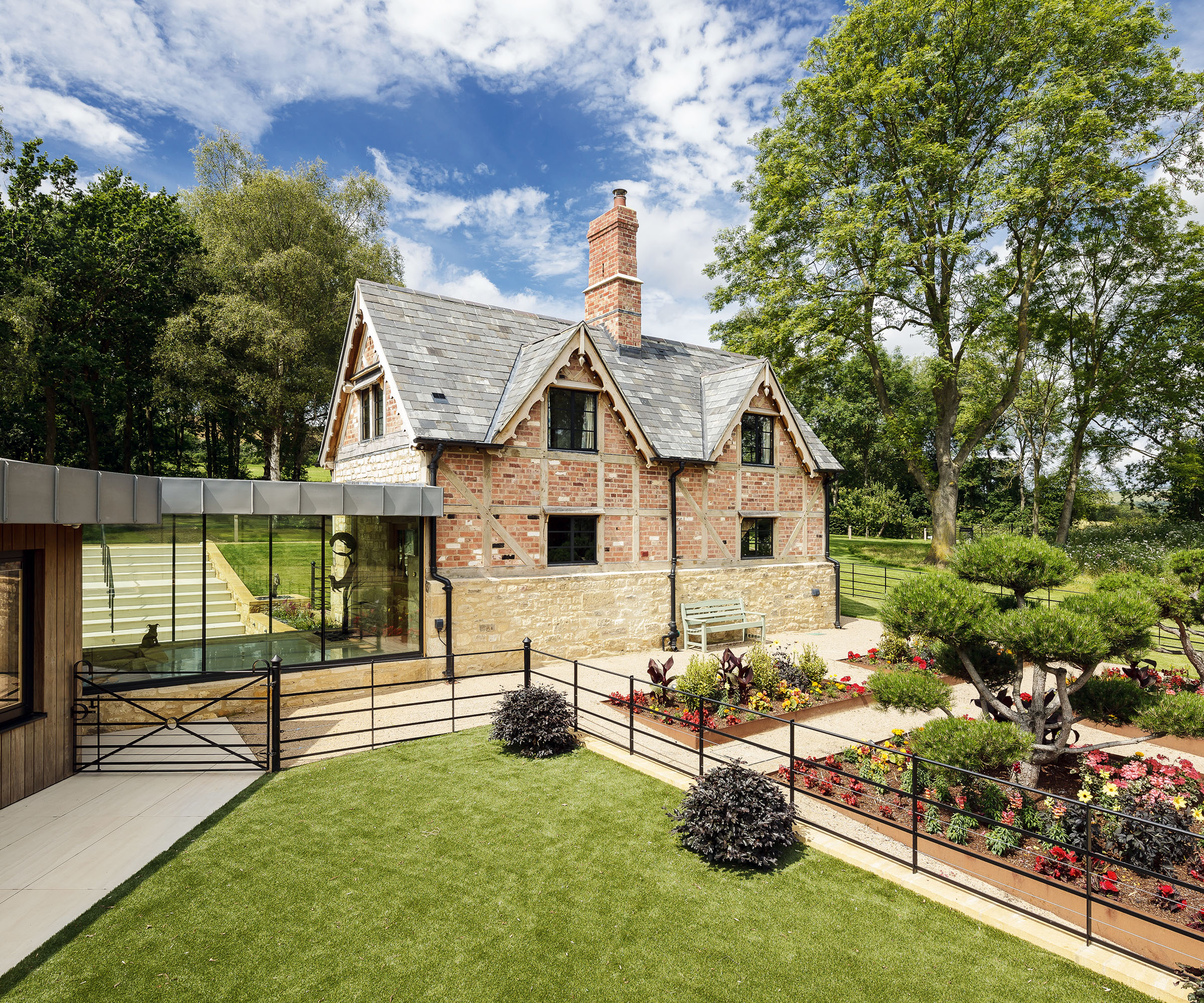
11. Protect your soil during your build
Helen’s top tip is to add soil management plans to the home construction contract. “Soils need to be protected and precious topsoil can be saved on-site for later use. Soils will be compacted during construction and in the first instance it saves money to minimise the extent of the compaction and decompaction post construction is included in budgets and scope of works,” she says.
“Often with building works, there are changes to services – and the service runs are best considered alongside a landscape scheme. This avoids unsightly inspection covers driving the design solutions. Or positions of paths, garden steps etc being limited by a foul pipe run – which if considered early enough could often have been positioned differently,” she says.
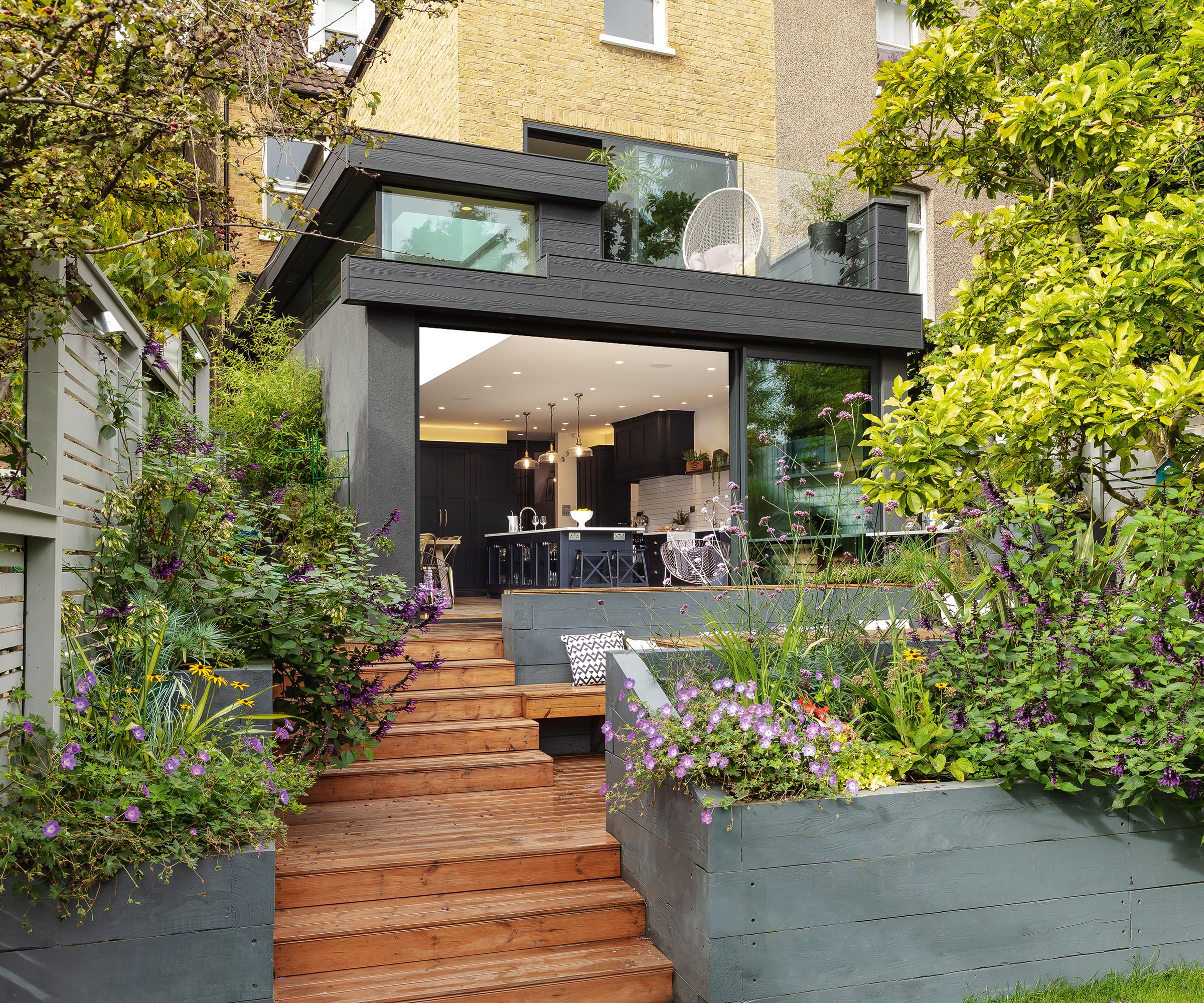
12. Stay in touch after completion
Once the construction and planting phases are finished this is only the starting point for your new garden as it will be the first time you will be able to use the garden fully post-completion.
Some companies will give you an induction or handover from the contractor and designer on specific elements such as ponds or irrigation systems so you are fully aware of how to use and maintain the garden.
If you have been clear in the planning stages your designer should give you a planting scheme that suits your lifestyle; and the time and skills that you have to look after it. So, decide if you will have a gardener on hand or if you will be doing it yourself, and how much time you’ll have to spend on maintenance, If you like low maintenance gardens then your designer will factor this into their plans.

FAQs
What is the difference between a landscape architect and a garden designer?
"A landscape architect specialises in public spaces and a garden designer in residential gardens, although there are crossovers," explains Andrew Duff, garden designer.
Landscape architect and garden designer Joe Perkins adds that generally landscape architects are trained to imagine the big picture, strategy and can offer insight where planning permission and public or commercial spaces are involved.
Garden designers and landscape architects should be well versed in sustainability, but if the environment is an important factor for you then read our ideas to make a garden more eco friendly.
Get the Homebuilding & Renovating Newsletter
Bring your dream home to life with expert advice, how to guides and design inspiration. Sign up for our newsletter and get two free tickets to a Homebuilding & Renovating Show near you.

Teresa was part of a team that launched Easy Gardens in 2018 and worked as the Editor on this magazine. She has extensive experience writing and editing content on gardens and landscaping on brands such as Homes & Gardens, Country Homes & Interiors and Living Etc magazine. She has developed close working relationships with top landscape architects and leading industry experts, and has been exposed to an array of rich content and expertise.
In 2020 Teresa bought her first home. She and her partner worked alongside architects and builders to transform the downstairs area of her two bedroom Victorian house in north London into a usable space for her family. Along the way she learned the stresses, woes and joys of home renovation, and is now looking to her next project, landscaping the back garden.
